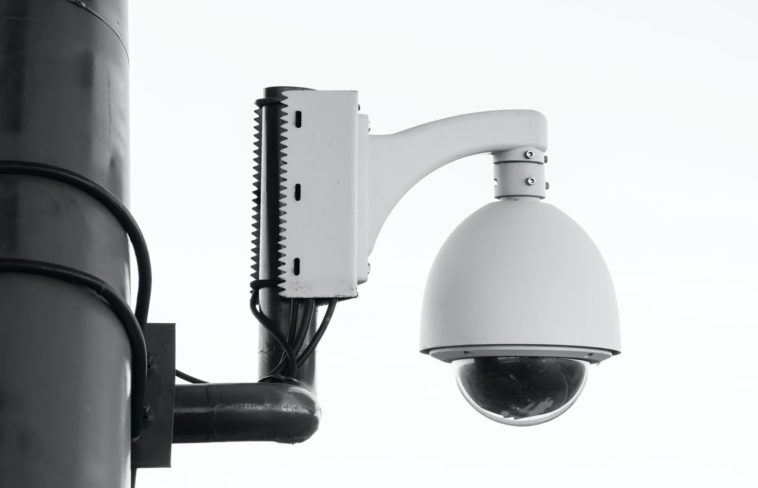Technology has become a driving force in human resources (HR), changing how HR professionals run their businesses.
It automates laborious administrative duties, improves employee engagement, optimizes time management, fosters continuous learning, and ensures workplace security.
In this post, we’ll examine the top technologies and trends transforming HR operations and discuss their importance, their advantages, and the problems they solve. HR professionals may achieve new levels of productivity, efficiency, and strategic decision-making by adopting these technologies, eventually leading to corporate success and improving the employee experience.
1) Applicant Tracking Systems (ATS)
Applicant Tracking Systems (ATS) has revolutionized how organizations handle hiring. These tools offer a comprehensive solution for HR professionals to efficiently manage job openings, track applicants, and streamline recruitment.
One of the critical advantages of an ATS is the ability to automate resume screening. Instead of manually sifting through countless resumes, the system uses predefined criteria and keywords to identify the most qualified candidates. HR professionals can concentrate on strategic recruiting decisions by reducing applicant evaluation time.
Furthermore, ATS facilitates seamless collaboration among hiring teams. Multiple stakeholders, such as hiring managers and interviewers, can access the system to view candidate profiles, share feedback, and schedule interviews.
2) Employee Engagement Platforms
HR professionals need employee engagement systems to track and improve employee engagement. These tailored platforms enable better communication, stimulate employee input, and acknowledge exceptional performance. They also help to prevent a hostile work environment.
Pulse surveys are a key aspect of employee engagement systems. HR teams benefit from periodic, brief polls on employee opinion, job satisfaction, and engagement. Organizations may improve, fix issues, and boost employee engagement by regularly gathering feedback.
Pulse surveys and feedback tools enable workers to voice their problems and thoughts to management. This encourages accessible communication and makes workers feel appreciated. This input helps HR professionals make choices, implement changes, and improve employee experiences.
3) Time and Attendance Software
HR professionals need time and attendance software to schedule, monitor, and manage leave. Manual procedures are time-consuming, error-prone, and may cause compliance concerns. Time and attendance software automates important operations, saving time and assuring accuracy.
Such software automates timekeeping; employees may clock in and out using biometric scanners, web-based interfaces, or mobile applications. This eliminates human timesheets and prevents mistakes and fraud. HR professionals can check employee attendance in real-time, discover trends, and handle attendance concerns.
In addition, the time and attendance software excels at leave management, centralizing time off requests for managers to accept or deny. The program automatically monitors leave balances, workplace regulations, and labor laws. This streamlines leave approval, reduces disputes, and eliminates manual leave management.
4) Learning Management Systems (LMS)
HR professionals that want to promote organizational learning and growth need Learning Management Systems (LMS). With fast technology breakthroughs and changing skill needs, firms must provide workers with chances to learn and improve. LMS systems streamline learning delivery, management, and tracking.
LMS’s versatility in learning styles is a significant benefit. HR experts may develop online courses, webinars, videos, and evaluations. This variation lets workers access training materials at their leisure, whether in the workplace, remotely, or off-hours.
5. Performance Management Tools
Performance management tools technologies automate and expedite performance reviews, giving a formal framework for defining objectives, measuring progress, and delivering constructive comments.
Performance management software automates performance reviews, while manual review is time-consuming and biased. Better business solutions start with targeting efficiency, and performance management solutions help create customized performance evaluation templates for consistency and fairness.
Such tools can also monitor performance live, allowing HR workers to track team and individual success in real time using KPIs and metrics. This identifies areas that need improvement or help immediately. Real-time monitoring also allows managers to address performance concerns and train personnel quickly.
Additionally, the performance management tools encourage manager-employee dialogue. These technologies provide year-round feedback and mentoring via frequent check-ins.
Employees get timely feedback, may clarify expectations, and understand how their work supports company goals. Ultimately, these technologies foster accountability, participation, and development via openness and open communication.
6) Security and Surveillance Technology
HR departments can protect employees by using modern security cameras and access control systems.
Security cameras can be useful for both preventing attacks and providing evidence in investigations and legal processes. They also monitor workplace activity, thus encouraging staff responsibility and compliance.
The choice of cameras to install depends on the specific characteristics of your organization. These range from license plate capture camera systems to infrared cameras and the latest in facial recognition technologies.
Access control systems, on the other hand, can increase security by limiting admission to authorized employees. These systems control workplace access through key cards, biometrics, or keypads. HR professionals may restrict employee access to work-related sites depending on the job position.
Access control systems prevent unwanted entrance and let HR departments track employee mobility, improving security and accountability.
In Conclusion
Technological advancements have revolutionized HR operations by providing professionals with powerful tools to enhance efficiency, effectiveness, and employee satisfaction.
From streamlining the hiring process with applicant tracking systems (ATS) to fostering employee engagement through dedicated platforms, technologies like time and attendance software, learning management systems (LMS), performance management tools, and security and surveillance technology are transforming HR practices.
By embracing these technologies and choosing the right HR solutions tailored to their needs, HR professionals and business owners can optimize their processes, empower their workforce, and achieve tremendous success in the modern business landscape.




